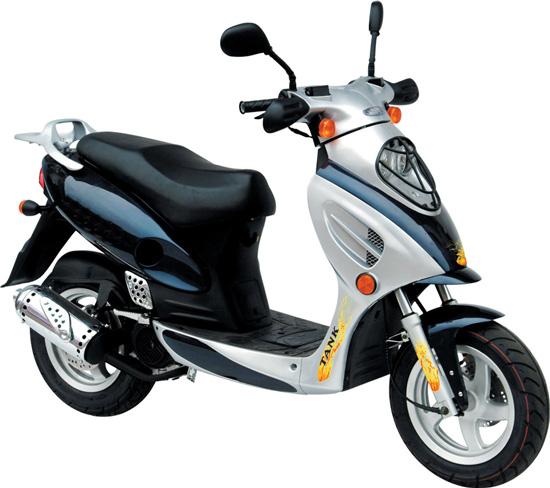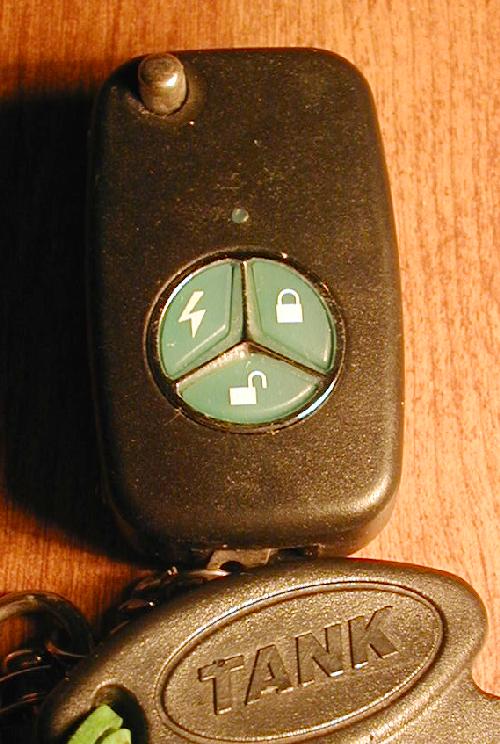Chinese Motor Scooters
Alarms
Site Map
What's New
Features
Scooters from Amazon.comYes Man, Scooters in Film
Larry Crowne and scootering
Helmet Free scootering
Scooters in a failing economy
Scooter Economy
Scooter ROI Analysis
Scooter pays for itself
Types of Motorscooters
Why ride a scooter?
Motorscooter FAQ
Buying Scooters Online
Join Our Mailing List
Recommend this site
Scooter Inspiration
Scooter EconomyMotorscooter Advantages
Motorscooter Disadvantages
Motorscooter Books
Motor Scooter Poetry
Business Scooter Travel
Motorscooter Posters
Motorscooters in California
Scooting in the UK
Green Scooting in China
Scooting in Italy
Motorscooters in Iraq
Motor Scooter History
The Ice-Cream Scooter
Pets and Motorscooters
RVs and Motorscooters
Gas vs. Electric Scooters?
Put-putting Pleasures
Recommended Scooters
Scooter Culture
Larry Crowne (film)
Dating and Scooter Culture
Motorscooter Freedom
Motor Scooter Image
Scooter Lib
Back to School on a scooter
Motor Scooter Music
Motorscooter Camping
Types of Motorscooters
Classic Motor ScootersItalian Motor Scooters
The Vespa Motorscooter
The Aprilia Motorscooter
Falcon Electric Scooters
50cc Motorscooters
Kymco Motorscooters
GT Chaunl Scooters
Chinese Motor Scooters
TANK Motorscooters
The RoadRunner Scooter
Roketa Motorscooters
The I-scooter
Moped Scooters
Mopeds
Scooter Choices
Best Scooter DealsThe Performance Scooter
The Luxury Scooter
The Minimalist Scooter
The Classic Scooter
The Basic Scooter
The I-scooter
The Electric Scooter
Stand-up Scooters
The Mobility Scooter
Used Motorscooters
California Legal Scooters
Toy Scooters
Practical matters
Trouble starting a scooterScooters and the Environment
Scooter Return On Investment Analysis
Motor Scooter Repair
The Scooter Commute
Scooter Repair Shops
Scooter Replacement Parts
Vespa Repair
Scheduled Maintenance
Fuel Efficient Driving
Essential Scooterist Kit
Passengers on a Scooter
Motor Scooter parking
Using the Kick Starter
Motor Scooter Batteries
Motor Scooter Stands
Rotating a Scooter
Cargo Storage Issues
Chinese Scooter Alarms
Scooter Roadside Assistance
Affordable Insurance
Scootering in groups
Motorscooter safety
Motorscooter SafetyDriving a Motorscooter
MSF Manual: Your Scooter
Scooters and Potholes
Important, before you drive
Motorscooter Helmets
All-weather Scootering
The Oily Path of Safety
Motorscooter Journal
Motorscooter JournalOff-highway scooter routes
The Scooterdoc
Scooter Choice Ethics
India Shuns Scooters
Left-handed Motorscooters
Other Types of Scooters
Mobility ScootersScooter-inspired Vehicles
Electric Motorscooters
The Three-wheel Scooter

Vespa Service In
Southern California
Chinese Motor Scooter Alarm Systems

Most Chinese motorscooters come with a very sophisticated but almost unusable remote alarm system. The design and functionality is fine but documentation is totally lacking. However, it turns out that the alarm chip used is fairly common and is used in other devices as well. On a whim, one TANK owner decided to try the instructions that came with a bicycle alarm and found that they worked admirably.
Chinese Scooter Alarms Demystified.
The remote control has three buttons: arm, disarm, and engine start, the icons for which are a closed padlock, and open padlock and a lightning bolt respectively.

Arming the Alarm
The "arm" button, predictably, arms the alarm. The alarm chirps once.
Disarming the Alarm
The "disarm" button disarms it (the alarm chirps twice) -- but only for about 30 seconds, then it spontaneously rearms itself (chirping once). It seems that only by disarming the alarm twice before it has a chance to reset can one turn off the alarm altogether.
Remote Starting
The start button is used to start the motor remotely. This can be useful in cold weather and in some other circumstances but should not be used for driving the scooter. The ignition key and remote start seem to get very confused if both are used. One is better off not using the remote start, or if one does use it, it is best to turn off the engine again using the "arm" button and starting it with the key for driving.
Alarm Sensitivity
The alarm sensor is so sensitive that a bit of wind or falling leaves will keep the scooter chirping regularly through the night (and, of course, running the battery down in the process). This has caused many TANK owners to abandon all thought of using the alarm system altogether. However, once one knows the secret, the alarm is very useable indeed.
Setting Alarm Sensitivity Level
The sensitivity of the alarm can be set entirely with the remote by following these steps:
Press and hold the "arm" button -- it will chirp once initially, then, if one continues to hold the button down, it will chirp three times(!). By continuing to hold the "arm" button down, the alarm will chirp 3, 2, and 1 times in a cycle. 3 is greatest sensitivity, 2, medium sensitivity, and 1, the least sensitive. Release the button after the desired level has been announced by 1,2, or 3 chirps. Then disarm the system by pressing the "disarm" button twice. This stores the setting.
The discovery that one can adjust alarm sensitivity so easily just with the remote, makes the alarm system very convenient, and practical. Leaving one's scooter parked with the alarm set does give one a degree of confidence that one will at least be alerted if anyone attempts to move the vehicle, open it's trunk, or tamper with it in any way.
The above instructions work with TANK motorscooters and several others. It seems likely that all Chinese scooters use the same or similar systems.
Accidental Alarm Setting/Unsetting Problems
A Chinese Scooter Alarm keyfob kept in a full pocket or purse can easily be activated accidentally. One must be careful. They have a fairly long range, so it is common to hear the scooter chirping when compressing the keyfob in one way or another -- just leaning over or having something (or someone) sit on one's lap. Eventually this would run the battery down but the battery is fairly good and not easily killed. (The keyfob battery which is labeled simply "Super Sunking Battery 27A 12V," is easily replaced by a 23-279 Alkaline battery from Radio Shack. . They come two to a pack for $5.00. Other equivalent batteries are: CNB 27A, Duracell MN27, Energizer A27, Gold Peak GP27A, Golden Power A27, Motorola SNN4176A, RadioShack ALK27A, Varta V27GA, and Vinnic L828). One effect of random keyfob button pushing is that the alarm is almost always going to be set. As it takes only one push of the arming button to set it, but two rapid presses of the disarming button to disarm it, only the former is likely to happen by accident.
A more serious consequence of accidental keyfob use is somehow leaving a button depressed overnight -- not common but possible in a packed pocket. This kills not only the battery in the keyfob, but the battery on the scooter itself (Yes, personal experience, but after two years not happening, this single occurrance seems to indicate that it's not all that likely to happen accidentally.) If it does happen, charge the scooter battery (it is best to use a charger; running the scooter to charge up a dead battery takes quite a long time) and replace the keyfob battery.
Prevention: leave keys out at night or use a keyfob protector. I intend to do the latter when I can devise one.
Anti Scooterjack Feature
If the lock button is depressed when the scooter is running, the alarm will sound and the engine will cut off. These remotes have quite a long range and this could be a very effective feature under somewhat bizarre circumstances.
Another variant of the TANK Scooter alarm is well described in in this TANK alarm PDF file on Stan Jessup's page.
If you would like further insights or have some to offer, please visit our scooter forum.
Bookmark this page to: